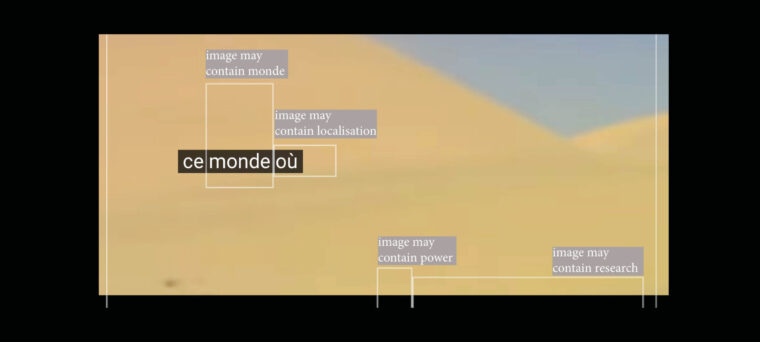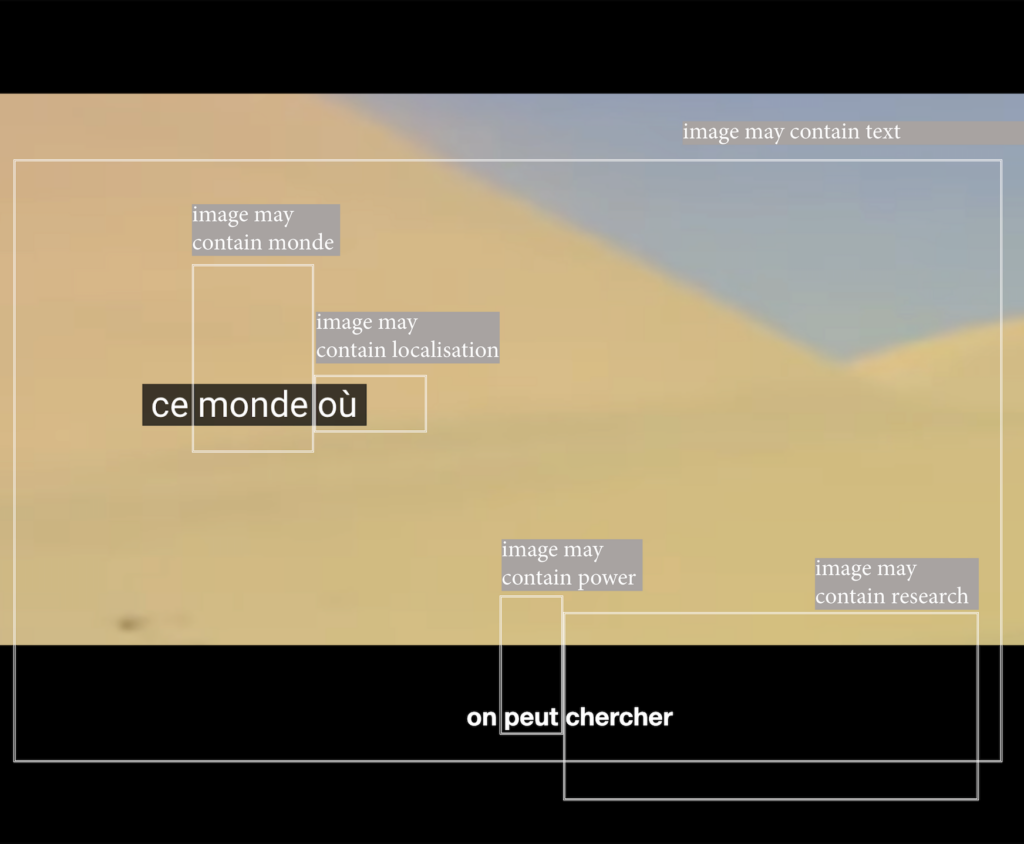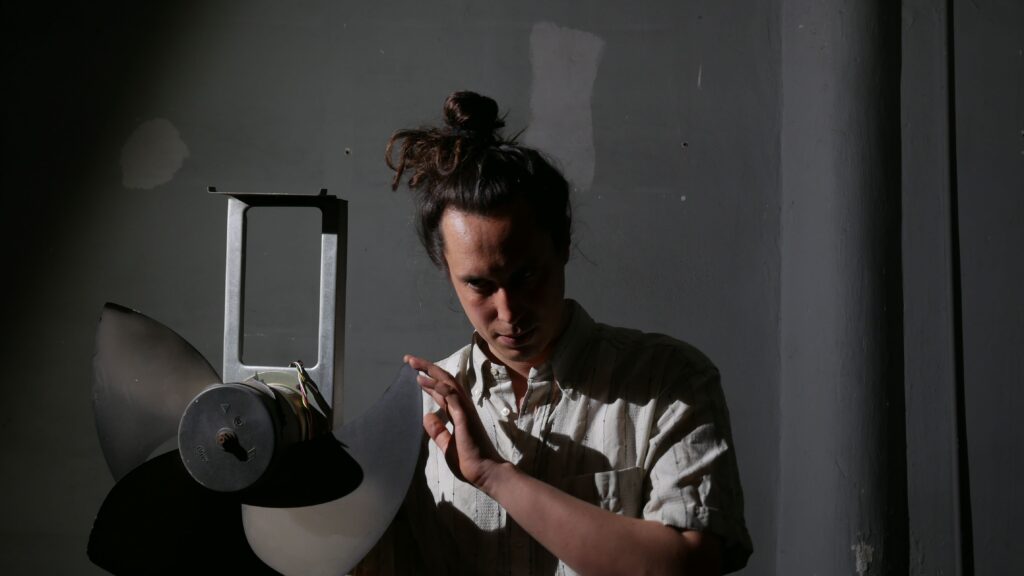

Gabriele Stera, Archaeology and poetics of subtitling
PROJECT DURATION
2022 - 2024
PROJECT OWNER(S)
Gabriele Stera
Archaeology and poetics of subtitling :
from film subtitling to meta-titling of the world
The origins of subtitling techniques lie in the history of modern media at the time of the invention of sound cinema, intended to remedy the problem of synchronizing graphical, audio and visual content on the screen. Subtitling was introduced as a language prosthesis whose primary goal was to allow the circulation of films on the international market. The problems linked to the accessibility of audiovisuals for the deaf and hard of hearing, largely ignored, did not become the object of specific interest from the film and television industry until the 1970s, with the development of closed captions. Initially, the rise of subtitling should therefore be observed through the prism of access to audiovisual content for an international audience and, successively, of its accessibility for disadvantaged audiences.
This first framework, of a socio-economic character, evolves in the history of subtitling through an interpenetration of the technological developments of its distribution and the semiotic role of its applications. Subtitling, which has become an international standard for cinema, has gradually spread to several other media: we find subtitles in DVDs (multilingual encoding), on television (teletext, live captioning), in live performances (surtitling, air captioning), and in nearly all audio-visual content available on the Web (voice recognition and automatic transcription). This technical generalization of subtitling is linked to an evolution of its semiological functions. If at the beginning its role was that of a translation under spatio-temporal constraint, its uses are today much more diverse, both in the complexity of the translational choices and, sometimes, even beyond the paradigm of translation, in a logic of description, détournement, and information complement.
Our work puts forward the hypothesis that this technical proliferation and semiotic diversification of subtitling calls for its identification as a form of paratext overlay that applies to numerous media configurations, bringing its own logic, its own parameterization, its own possibilities and its own programs. In a multidisciplinary approach, at the crossroads of media archaeology, anthropology of writing and literary studies, we will try to situate subtitling in the scriptural ecosystem by highlighting its kinship with other textual technologies of ‘titling’. What do subtitles have in common with footnotes, captions, didascalia and indexes? Can we link the medial articulation initiated by filmic subtitling to forms of meta-titling in the computerized world such as metadata pinning, augmented reality labelling or alt-text?
This work, through research and creation, will extend the archaeology into a poetics of subtitling, by conducting an artistic experimentation of the non-canonical uses of subtitling in video art, performance and poetry.

Biography
Gabriele Stera, born in Trieste in 1993, is a researcher, poet, artist and translator, based in France and Italy. His work focuses on the experimental practices of poetry at the border between the arts, extending into performance, sound art, theater, video art, multimedia installation.
He holds a Bachelor’s degree and a Master’s degree in “Letters, Arts and Contemporary Thought” from the University of Paris 7 Diderot. He is currently a contractual PhD candidate (UPL / ArTeC) under the supervision of Yves Citton, attached to the FabLitt lab at the University of Paris 8, where he also teaches literature.












